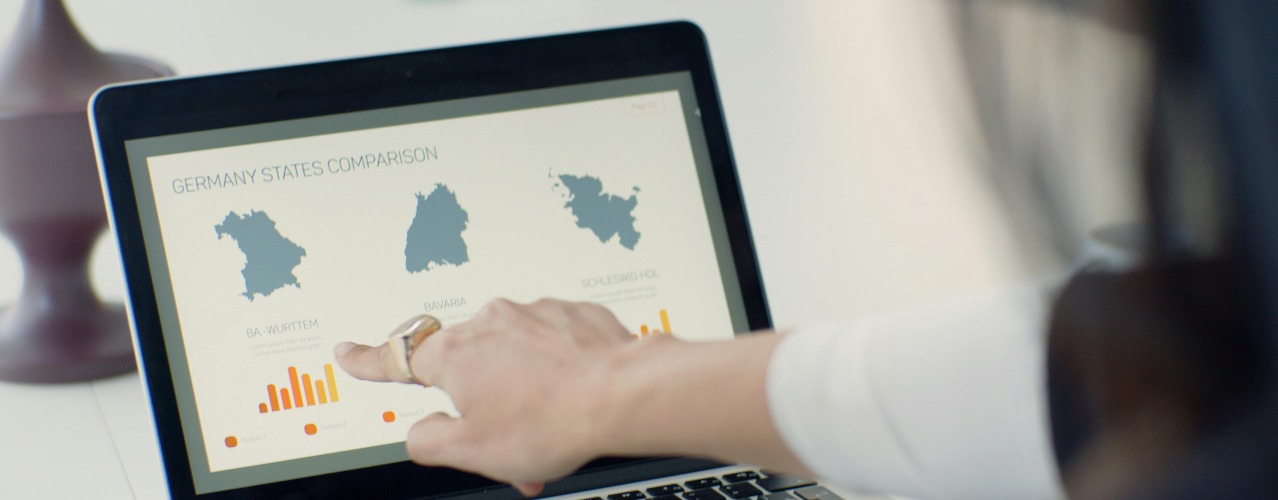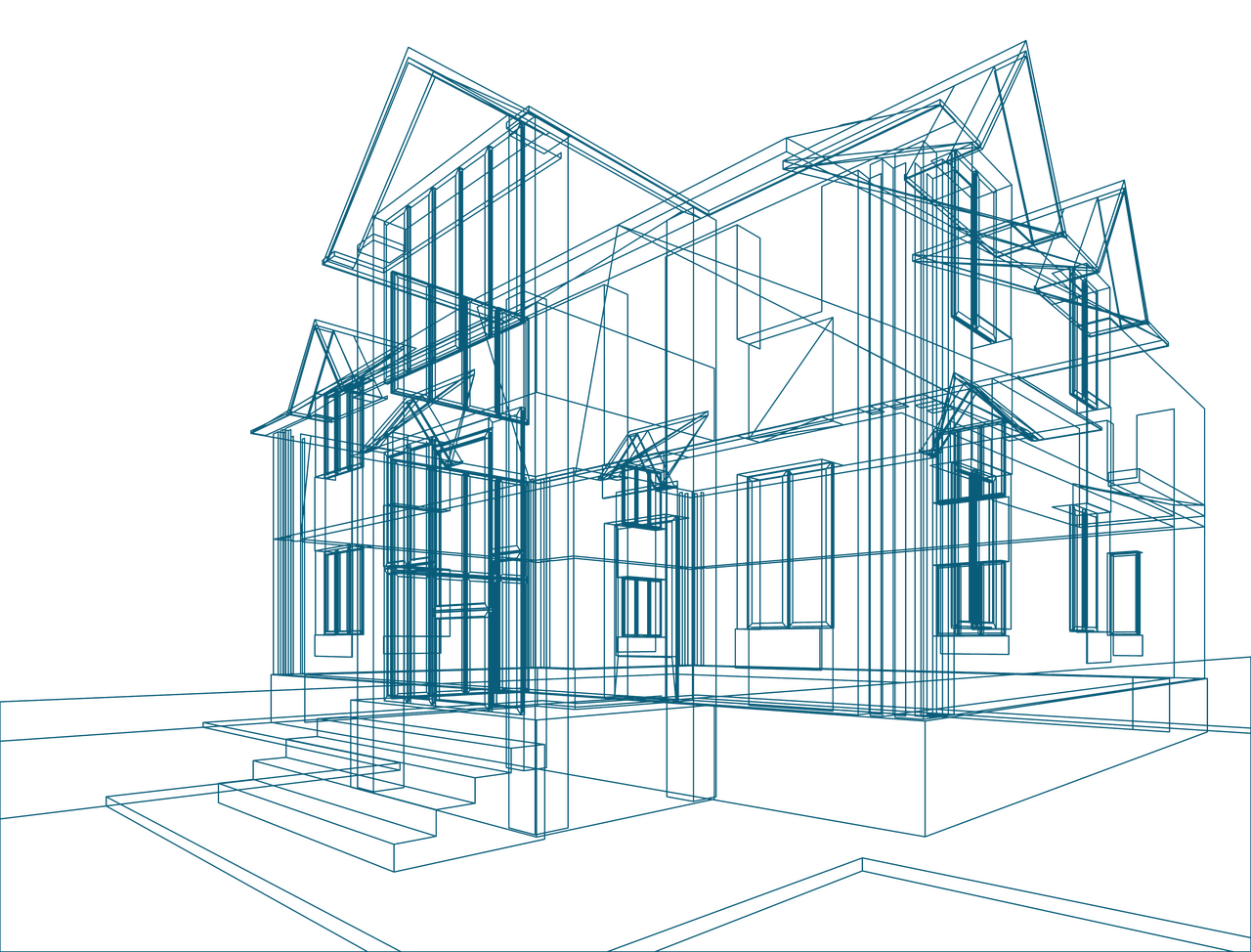

Market report
Construction industry & branding
Explore the strategies European contractors use to gather essential information for successful project execution. Learn more about their sourcing methods.
Blogs I published 19 August 2025 I Dirk Hoogenboom
How European Contractors Source Information
Ask any contractor what slows down a project most, and you won’t be hearing about poor planning or bad weather – it’ll most likely be waiting on information and operating blind. Whether it’s a missing spec, unclear pricing or a delivery delay, gaps in communication cost time, money and trust on site.
Looking at our 2025 reports, the way contractors across Europe search for information and use it is more layered than ever. Familiar channels like catalogues and reps remain essential, but they’re now used alongside messaging apps, supplier websites and social platforms – each of them chosen based on what’s most efficient at a given moment.
It’s not a full-blown digital revolution. It’s pragmatic. And understanding the current mix of what’s being used, when and why, is essential for anyone working with or selling to this industry.
Let’s take a closer look at how orientation works on site in real-time, across the phases of a project and across the European market.
Traditional Sources Still Do Heavy Lifting
Despite the digital transformation talk, contractors across Europe still rely on traditional sources of information. Printed product documentation and catalogues remain commonly used, with 64% of contractors saying they turn to them regularly. Why? They’re easy to use, clear and practical, especially on-site or during planning.
54% of contractors mention manufacturer brochures. They’re not being pushed out by apps or websites, but used alongside them. Because, in many cases, a printed spec sheet is faster to access and easier to understand than a web-page with dropdowns or a congested smartphone screen.
Personal contact remains essential. Distributors are contacted more frequently than manufacturers – 63% against 57% – mainly because they can provide quick answers on pricing, stock and delivery. Manufacturers are still key when technical advice or deeper product knowledge is needed.
There are country-level differences, but the pattern is clear – traditional sources aren’t going anywhere because they’re still doing a lot of the work when it comes to decision-making. In Germany, 76% of contractors use printed documentation; in the Netherlands, it’s even higher at 78%. Belgium, Spain and France show a strong reliance on distributor contact. Even in digitally mature countries, like the UK and Netherlands, printed materials and phone calls are far from obsolete.
A Phone-First Industry
When contractors need an answer, they pick up the phone. That hasn’t changed. Across Europe, 72% of them prefer calling manufacturers, and 76% say the same for distributors. A missing part number, an urgent delivery or just confirming specs, the phone is the fastest way to sort it out.
Email is the second choice – used by just over half of contractors when contacting manufacturers (53%), and a bit less for distributors (43%). It’s useful for sending documents or confirming quotes, but when time is tight, a phone call still wins.
Some countries show stronger habits. In Italy and Spain, phone use is even more common. In Germany, there’s a clear preference for structured communication, but the phone remains the primary method. Even in the Netherlands, known for digital adoption, voice calls are widely used when something needs action.
Face-to-face meetings, websites, even messaging apps – these are all used less often and typically only in specific cases. But WhatsApp – is growing. The takeaway is simple – if you’re trying to reach contractors, start with the phone.
Distributors vs. Manufacturers – Functional Division of Labor
European contractors clearly differentiate between who they contact and why. Contractors don’t treat every supplier the same, and there’s a clear split between when they contact distributors and when they call manufacturers.
Distributors are the first stop for prices, stock levels and delivery timelines. They’re both closer to the ground and often faster to respond. Contractors lean on them for answers that affect jobsite logistics and short-term planning.
Manufacturers get contacted less often, but when they do, it’s usually for technical details, product performance or system-specific advice. In other words, when a contractor needs to know whether something meets code, works with a certain system or fits a custom solution, that’s when the manufacturer steps in.
A manufacturer’s role is more specialized, and it’s important to keep distributor partners on the frontline. They need to be well-informed and well-equipped to represent the brand accurately. If they’re not, you’re the one that suffers.
This division holds consistently across countries. For example:
- in Belgium, 77% of contractors contact distributor reps, compared to 63% contacting manufacturers
- in Poland, the split is slightly more balanced (66% and 62%), but still reflects this pattern
Messaging Apps and Social Platforms Used More Than You Think
While phone and email still dominate, messaging tools like WhatsApp are working their way into the mix. Across Europe, 64% of contractors now say they use instant messaging apps for professional purposes.
Usage is highest in:
- Spain: 91%
- Italy: 82%
- France: 65%
- Netherlands: 68%
Northern and Eastern Europe are a bit behind. Poland, for example, is at 46%. But even in those markets, usage is rising. These tools are typically used for quick updates, informal coordination and short questions, especially between contractors and their teams, subcontractors or nearby suppliers. They aren’t replacing more formal channels, but they’ve become a fast, low-friction way to keep things moving.
Social media is a bit of a free-for-all. In places like the UK, France and the Netherlands, contractors are active on LinkedIn and Facebook. They use them for networking, keeping up with product trends and staying in touch with suppliers. In countries like Germany or Poland, on the other hand, usage is lower and more selective.
Bottom line is, messaging apps matter. And in certain regions, ignoring them means missing much of the conversation.
Information Needs Vary by Project Phase
Contractors’ information needs change depending on where they are in a project. This is often overlooked by suppliers who send the same content to everyone and anyone, at all times. Here’s how it all stacks up.
Acquisition and Quotation
Contractors are focused on price. Around 46% of them say that’s their top priority at this phase. They’re also looking for general advice on material choices and systems. This is when speed and clarity matter. Contractors want to compare options, get ballpark figures and know what’s feasible.
Designing
Here it’s about technical details and specifications. They’re looking for BIM files, performance data, compliance info and accurate pricing. Manufacturers tend to be more involved here. Digital resources also become more useful – provided they’re well-organized and easy to search.
In Work Preparation
Contractors need to confirm availability, delivery timelines and final pricing. They’re coordinating with suppliers and subcontractors. This is when distributors are contacted most frequently, and it’s where clear, real-time information can make or break a schedule.
During Execution
Time is tight, and errors are expensive. Contractors want product documentation, quick references and reliable delivery updates. If they can’t find what they need quickly, they’ll call someone who can.
What’s important here is not to send the same info to everyone because you’ll probably miss the mark for everyone. Align your messaging and support to where your customer is in the project.
What Changes by Country?
- Germany leans heavily on printed material – 76% use catalogues, and brochures are still widely read; contractors are less active on social platforms and prefer formal communication
- Spain and Italy are highly conversational – phone and WhatsApp dominate; contractor relationships here rely more on responsiveness and availability than documentation
- The Netherlands is hybrid and efficient; contractors here use both traditional and digital tools (LinkedIn is strong, WhatsApp is widely used, and printed materials still hold up)
- Poland is more conservative digitally – traditional contact methods are stronger, and messaging apps are less prominent, though use is growing
- France and the UK are somewhere in the middle; strong use of traditional materials, decent uptake of digital tools and growing reliance on messaging for quick coordination
Conclusion
Contractors aren’t overwhelmed with options, they’re more overloaded with noise. That’s why they value tools and people that help them get clear answers quickly, and in the format that fits the moment.
The mix of traditional and digital tools isn’t temporary. It reflects how modern construction actually works – fast-moving, detail-heavy and deeply contextual. If you want to stay part of the conversation, you need to work the way your customers do.
Start with clarity. Stay flexible. And remember – if they can’t find what they need from you, they’ll get it from someone else.






